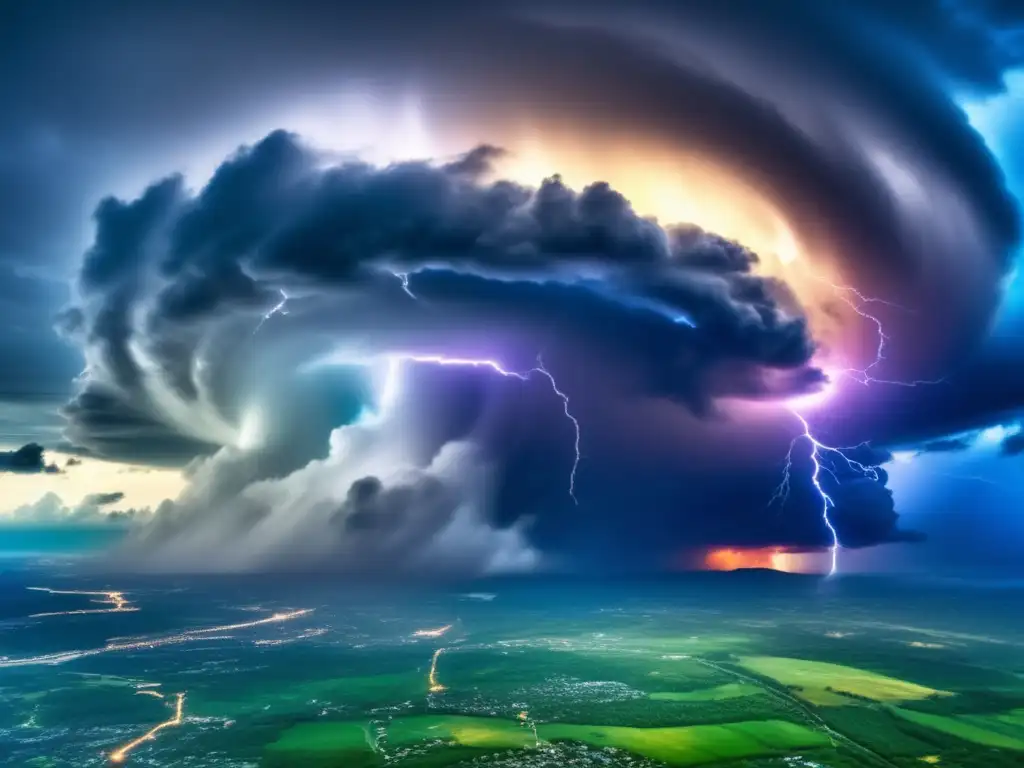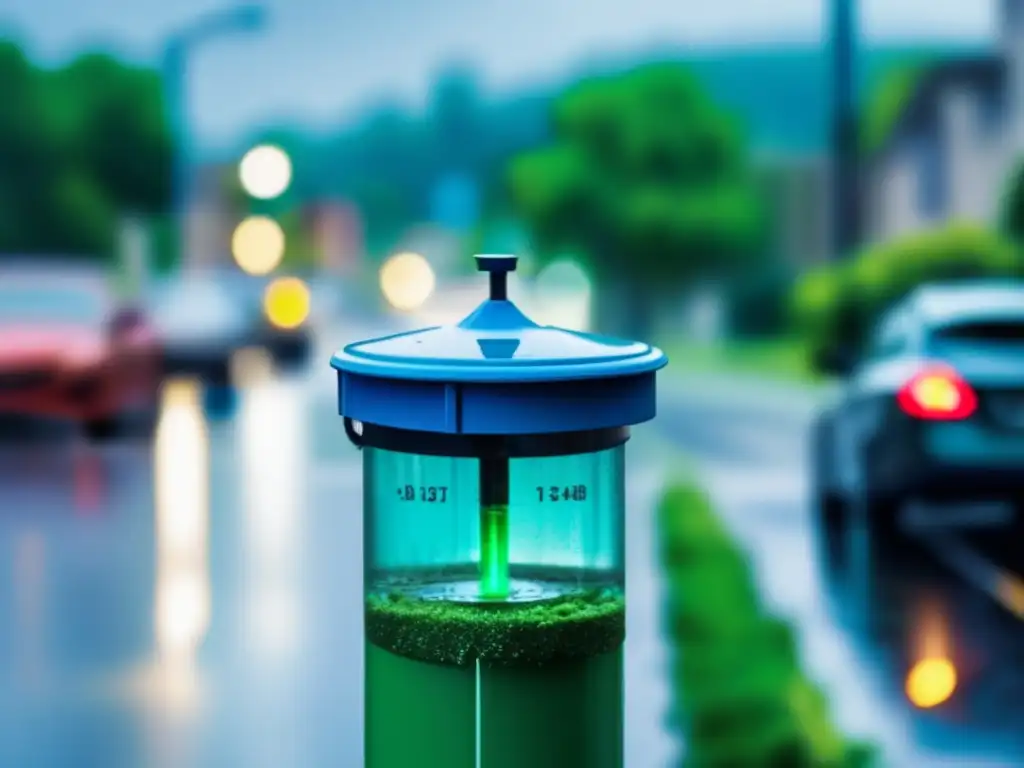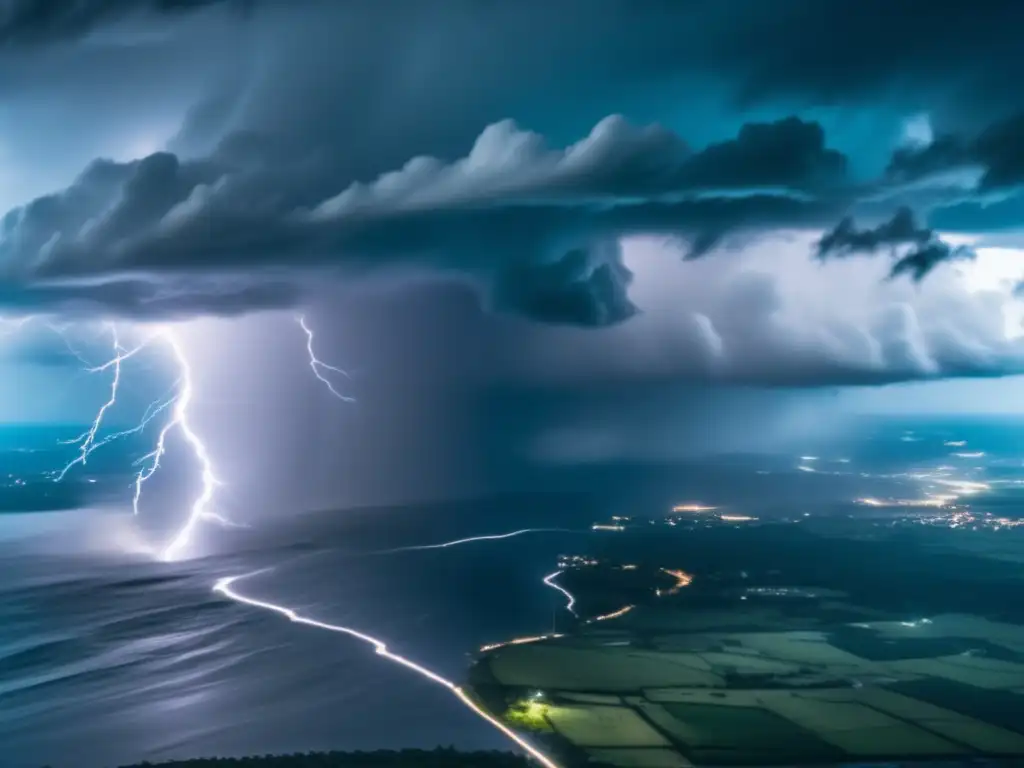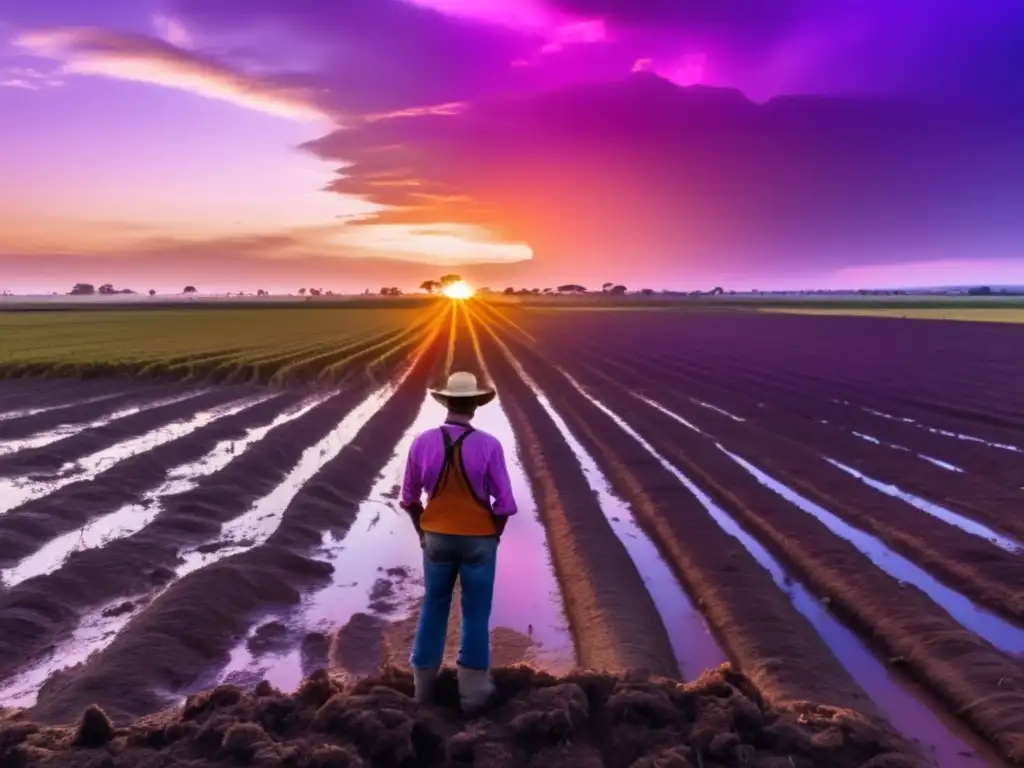How We Measure The Rainfall In Hurricanes

How We Measure the Rainfall in Hurricanes
Introduction
Hurricanes are among the most destructive weather events, and rainfall is one of their most significant impacts. Heavy rainfalls associated with hurricanes often lead to flash floods, landslides, and structural damage, making it essential to measure and predict their intensity accurately. In this article, we will explore how scientists measure the rainfall in hurricanes, which instruments they use, and how such measurements help build our understanding of these extreme natural phenomena.
The Science behind Measuring Rainfall in Hurricanes

Rain Gauges: The Traditional Tool for Measuring Precipitation
Rain gauges are commonly used to measure precipitation in a hurricane. These instruments collect and measure rainwater that falls into a funnel-shaped container. The collected water is then weighed or measured to determine its volume. By recording the volume over time, researchers can determine the rainfall rate, which is expressed in inches per hour.
Rain gauges are useful tools for measuring rainfall in a particular location. However, they cannot provide an accurate estimate of the rainfall over a more extensive region, which is necessary when dealing with hurricanes.
Radar: A More Comprehensive Way of Measuring Precipitation
Radar technology allows for more comprehensive estimates of rainfall in a hurricane. Radars emit pulses of electromagnetic waves that bounce off precipitation in the atmosphere and return to the radar. The returned signals are then analyzed to estimate the size, shape, and intensity of the storm.
Doppler radars, in particular, can measure the speed and direction of the precipitation, providing a more detailed understanding of the storm's structure and intensity. This information is critical when tracking the path and predicting the impacts of a hurricane.
Satellite Imagery: A View from Above
Satellites are also used to measure precipitation in hurricanes, providing a broader perspective on the storm. Microwave imagers on satellites can detect microwave radiation emitted by precipitation, which is then used to estimate the volume and intensity of the rainfall.
Satellites also enable researchers to track the movement of the storm and its size, which helps predict the potential impact more accurately. Satellite imagery has become an essential tool in hurricane forecasting and monitoring.
Factors Affecting Rainfall Measurement

Wind Effects on Rainfall Measurement
Strong winds associated with hurricanes can interfere with accurate rainfall measurements. Wind can blow rainwater out of the rain gauge or scatter it so that it falls beyond the collection area, resulting in underestimation of the actual rainfall volume.
Radar and satellite measurements can also be affected by strong winds. The wind can cause the precipitation to tilt, leading to inaccurate estimations of the storm's intensity and path.
Topography and Variations in Precipitation
The topography of an area can affect precipitation patterns, leading to variations in the amount of rainfall in different areas. For example, mountains can cause precipitation to form more readily on one side of the peak than the other.
These variations are referred to as orographic effects and can make it challenging to accurately measure rainfall in an area. Radar and satellite measurements are less affected by these effects, making them useful tools when measuring rainfall in mountainous regions.
The Importance of Measuring Rainfall in Hurricanes

Forecasting and Predicting the Intensity of Hurricanes
Measuring the rainfall in hurricanes is essential for accurately forecasting and predicting the storm's intensity and its potential impacts. Accurate measurements enable meteorologists to better understand the storm's structure and track its path more effectively.
These measurements also help predict the potential for flash floods, landslides, and other destructive impacts associated with heavy rainfall, allowing communities to prepare and take necessary precautions.
Researching and Understanding the Dynamics of Hurricanes
Measuring rainfall in hurricanes is also crucial for researching and understanding the dynamics of these complex weather phenomena. By analyzing rainfall patterns over time, researchers can gain insights into the processes that drive the formation and intensification of hurricanes.
Such research can help improve our ability to predict and mitigate the impacts of hurricanes on coastal communities around the world, which are increasingly vulnerable to the effects of climate change.
Frequently Asked Questions

-
How do scientists measure rainfall in a hurricane?
Scientists use a combination of rain gauges, radar, and satellite imagery to measure rainfall in hurricanes.
-
Why is accurate rainfall measurement important in hurricanes?
Accurate rainfall measurements in hurricanes are critical for forecasting and predicting the storm's intensity and potential impacts, as well as for researching and understanding the dynamics of hurricanes.
-
How do wind and topography affect rainfall measurement in hurricanes?
Strong winds can interfere with rainfall measurements by blowing rainwater out of rain gauges or tilting the precipitation in radar and satellite measurements. Topography can cause variations in precipitation patterns, leading to different amounts of rainfall in different areas.
-
How does measuring rainfall help us predict the potential for flash floods and landslides?
Heavy rainfall associated with hurricanes can lead to flash floods and landslides. Measuring the rainfall accurately helps predict the potential for these impacts, allowing communities to prepare and take necessary precautions.
-
What is the impact of climate change on hurricanes?
Climate change is expected to increase the intensity of hurricanes, resulting in more frequent and severe storms that pose a significant threat to coastal communities around the world.
Conclusion
In conclusion, measuring rainfall in hurricanes is critical for forecasting and predicting the intensity of these complex weather phenomena, as well as for researching and understanding their dynamics. Scientists use a combination of rain gauges, radar, and satellite imagery to measure rainfall, but factors such as wind and topography can affect their accuracy. Accurate rainfall measurements enable communities to prepare for and mitigate the impacts of hurricanes, which are increasingly severe due to climate change. We must continue to research and improve our understanding of these natural disasters to protect ourselves and our world.
If you have any thoughts or questions about measuring rainfall in hurricanes, please share them in the comments section below. Don't forget to subscribe to Hurricane Insider for more informative articles like this one!
Additional Resources

- National Hurricane Center
- Climate Change and Hurricanes
- Measuring Rainfall in the Tropics: Radar versus Gauge Comparisons
 The Mystery Of Hurricane-Free Zones Explained
The Mystery Of Hurricane-Free Zones Explained Is There A Connection Between Hurricanes And Volcanoes?
Is There A Connection Between Hurricanes And Volcanoes? Hurricanes And Agriculture: A Tale Of Destruction And Rebirth
Hurricanes And Agriculture: A Tale Of Destruction And RebirthIf you want to discover more articles similar to How We Measure The Rainfall In Hurricanes, you can visit the Basic knowledge about hurricanes: category.
Leave a Reply

Articulos relacionados: